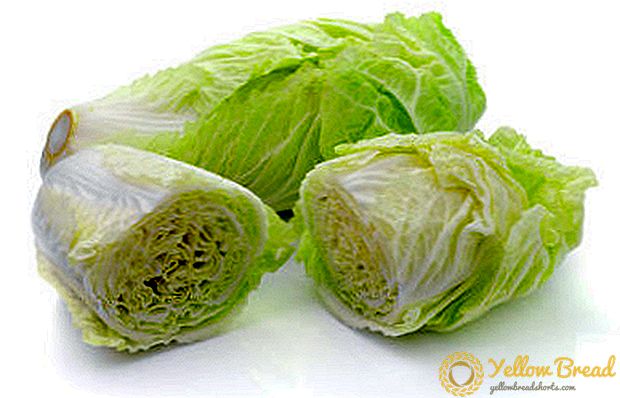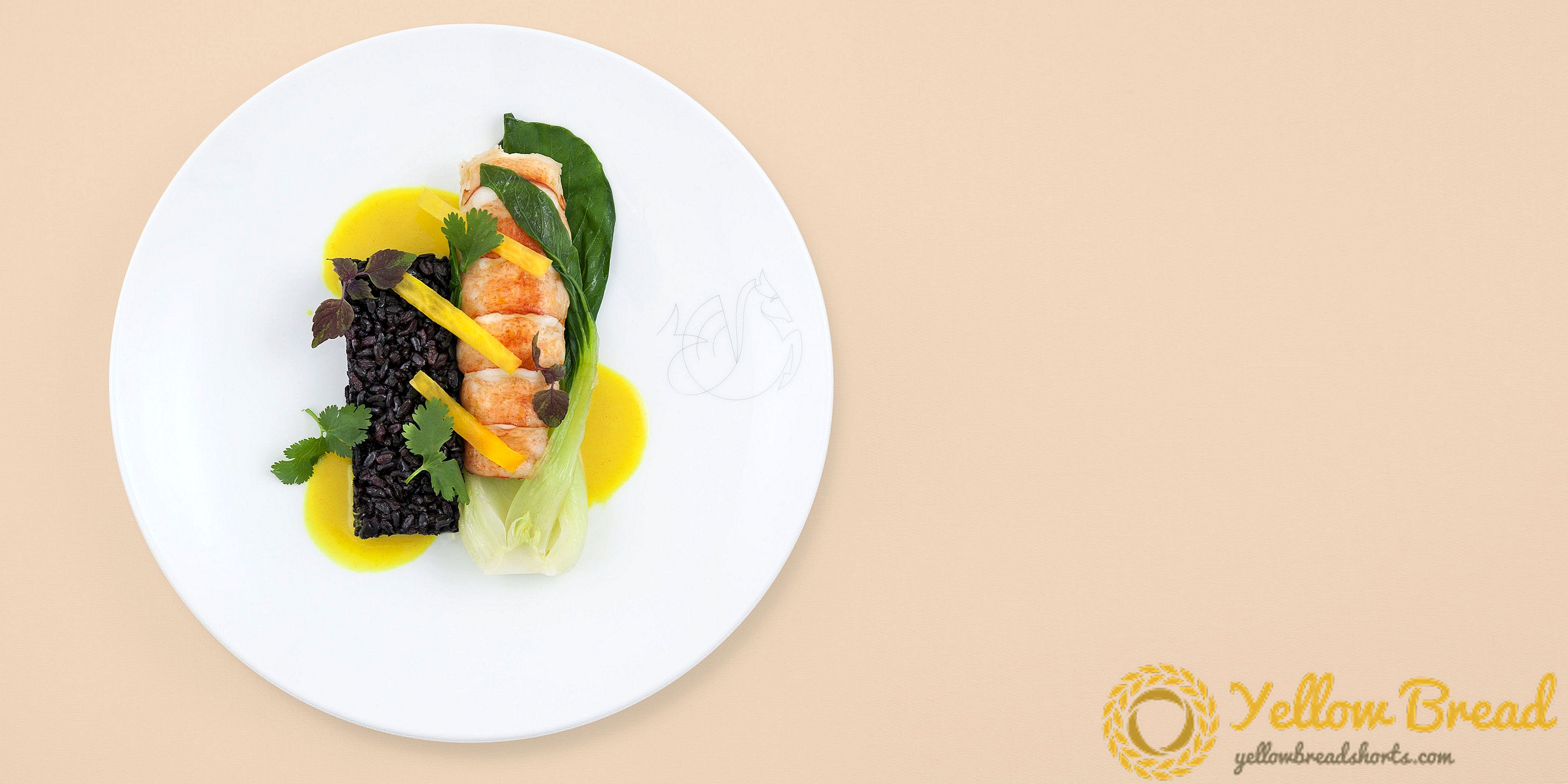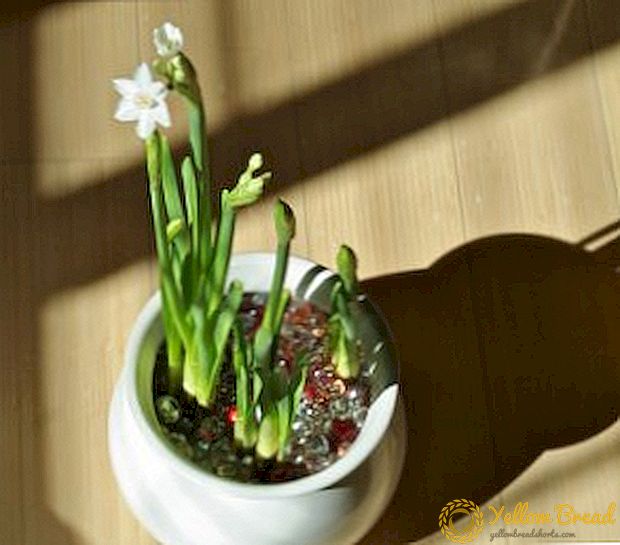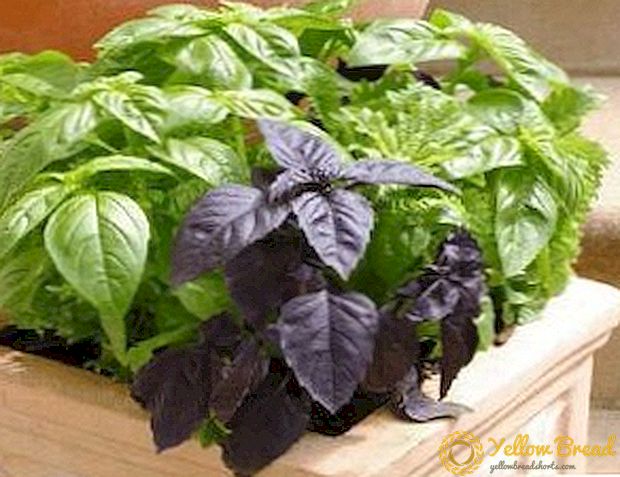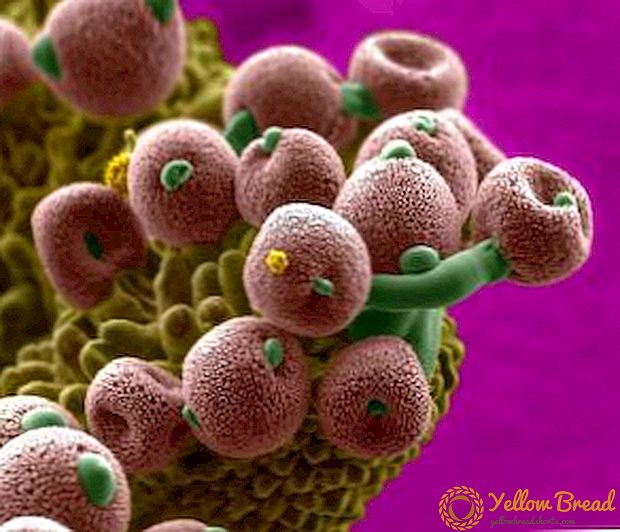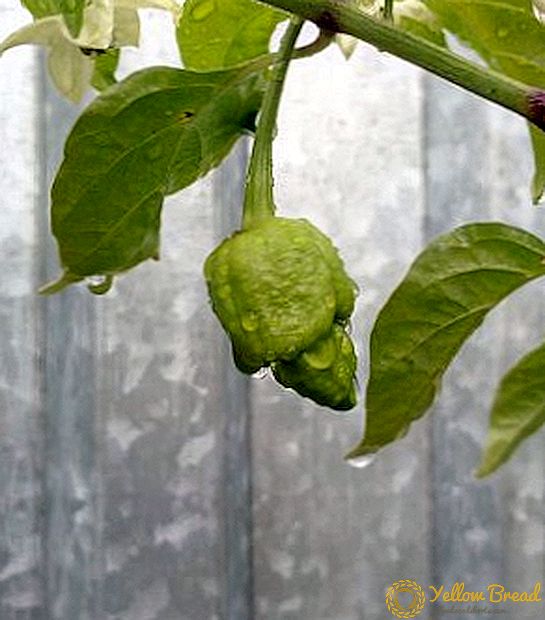 Home-grown sweet or bitter pepper will be an excellent addition to many dishes on your table. However, if you want to grow a really high-quality crop, especially living in regions with a rather cold climate, you should adopt the information about the rules of cultivation of the crop (in particular, its irrigation) in greenhouse conditions.
Home-grown sweet or bitter pepper will be an excellent addition to many dishes on your table. However, if you want to grow a really high-quality crop, especially living in regions with a rather cold climate, you should adopt the information about the rules of cultivation of the crop (in particular, its irrigation) in greenhouse conditions.
- Growing conditions
- Moisture and pepper
- How to water the pepper in the greenhouse?
- Timing
- Water requirements
- How often to water
- Irrigation methods
- Drip irrigation
- A few words about feeding
Growing conditions
Before proceeding to the discussion of the main issues of the topic, it is worth noting the conditions in which the pepper will feel best. It should always be remembered that this is a very thermophilic culture, and in the open field it will bring a good harvest only to the summer residents of the southern regions with a fairly warm climate.
In most parts of the Russian Federation, they are mainly engaged in growing in closed soil, because otherwise the pepper grows weak or does not bear fruit at all. Nevertheless, to ensure a bountiful harvest, the presence of one covering material is not enough, and when planting plants in a greenhouse, many other factors of full growth and development of pepper should be taken into account.  These also include the following recommendations:
These also include the following recommendations:
- It is not necessary to plant the plants closer than 25 cm from each other, since, growing, they will interfere with the neighbors - it is better to leave at least 80 cm between the rows.
- As soon as the stalks of the bushes become high enough, they should be immediately tied up to high wooden supports so that they will not break.
- It is necessary to provide sufficient lighting throughout the entire shelter room, as the pepper is a very light-loving plant (for a good crop, daylight hours should not be less than 12-14 hours per day).
- The soil temperature in the greenhouse should be kept at + 15 ° C, and seedlings should be planted in it no sooner than 55 days after sowing seeds in pots for germination (in the process of fruit formation, it will be better to raise the temperature to the level of + 18 ... + 20 ° C)
- Be sure to loosen the substrate before planting the pepper and continue to perform this procedure regularly and carefully, not allowing the soil to crust (for normal development, the roots of the plant need a constant flow of oxygen).
- And of course, stick to the scheme and the amount of watering, which we will discuss further.

Moisture and pepper
Perhaps one of the priorities for the successful cultivation of pepper in the greenhouse is to create the optimum moisture for it, both air and soil. In the first case, the ideal value will be 70%, and in the second - 60%, but when the fruit ripens to produce a large and bountiful harvest, the humidity in the greenhouse increases to 80%.
How to water the pepper in the greenhouse?
Having equipped the most comfortable “home” for pepper, it remains to find out another very important point: how and when to properly water the pepper in a polycarbonate greenhouse. I must say that the answer to this question consists of several parts.
Timing
In fact, the time of irrigation of the grown crops plays a fairly large role in the absorption of plant liquid, because if you bring it into the soil under the scorching sun, it will quickly evaporate, the ground will be covered with a crust, and the moist leaves of the plant may dry out. For this reason, watering the pepper in the greenhouse is done in the early morning, before the sun began to mercilessly burn the earth. In addition, in case of severe drought and high temperatures during the whole day, the culture is often watered even in the evening, after sunset.
For this reason, watering the pepper in the greenhouse is done in the early morning, before the sun began to mercilessly burn the earth. In addition, in case of severe drought and high temperatures during the whole day, the culture is often watered even in the evening, after sunset.
Water requirements
The second important component of the pepper irrigation procedure is the right choice of liquid. If in your area the temperature at night is not too high, then it is better to use warm water for watering in the greenhouse.
Suitable liquid infused during the day in a barrel under the sun, as in this case, she manages to warm up to the maximum temperature, comfortable for pepper. It can be either rainwater or tap water. Do not forget to regulate the humidity in the greenhouse by airing the shelter. 
How often to water
How and what to water the peppers in the greenhouse, we found out, it remains only to figure out how often you need to make a liquid in the ground. On average, the best option would be once every two days, but during active flowering of the crop or its fruiting, this action can be performed less frequently, up to several times a week.
The fact that the pepper needs an additional introduction of moisture, you "tell" yellowing and dryness of its leaves.
This irrigation scheme is most suitable for growing most of the popular varieties of pepper: Othello, Health, Tenderness, Orange Miracle, Night, Elephant, and some others. But in order to make sure that such a decision is correct, you can additionally familiarize yourself with the requirements of the selected variety in a particular area.
 There are several rules regarding the quality of watering pepper in the greenhouse:
There are several rules regarding the quality of watering pepper in the greenhouse:- 20 bush plants should have at least 10 liters of water, and if they grow on depleted or sandy soils, it makes sense to use 1 liter of liquid for each bush;
- the liquid should be distributed as carefully as possible so that a crust does not form around the plant. If the substrate in your greenhouse is prone to such seals, then you definitely should not forget about loosening the soil in the root zone;
- for uniform development of plants, it is better to use one-sided watering, when liquid is introduced from one side of the bush, and the soil is loosened on the other, and the next time the liquid is added, the sides change places;
- during the formation of ovaries it is not necessary to water the pepper more often 2 times a week, but the seedlings need this procedure every few days.
Irrigation methods
If you have a small greenhouse, and you grow peppers only for personal use, then you can do manual irrigation, but more large-scale plantings will require a mechanized fluid supply. We will understand the features of each option.
Manual watering - the most simple, but at the same time very troublesome solution, which requires the availability of appropriate equipment: watering cans, hoses or any water tanks.On the other hand, you do not have to spend large sums of money to install automatic irrigation systems. Mechanical watering method - this is a kind of "golden mean" between performing the procedure manually and using automation. It requires pre-setting the jet and allowing unimpeded water supply to the irrigation structure. A person will not have to irrigate on his own, but with the proper placement of the pipes inside the structure and installing suitable droppers on them, you will have to tinker.
Mechanical irrigation provides for a stable operating water supply system, which can be a centralized pipe, a drilled well, or a regular well with all the necessary pumping equipment.

Drip irrigation
Automatic drip irrigation is the most advanced pepper irrigation system in the greenhouse. All used for the arrangement of pipes and nozzles are of higher quality compared with mechanical equipment, but the use of this method is not allowed for any sort of pepper.
It is also important to understand that it is worthwhile to choose one or another variant of irrigation of your plantings, according to which pepper bushes are planted in the greenhouse area. For example, in case of usual placement for obtaining a continuous line of wetting light soils, the outlet openings on the tape should be located every 10–20 cm, on soils of medium density - 20–30 cm, and for clay or heavy loamy substrates the ideal width for water outlets will be 30-35 cm
Water flow should be set in such a way that on a particular type of soil it is evenly distributed in the root zone. If the liquid does not have time to be absorbed, puddles form on the surface, which is not good for normal pepper growth.

A few words about feeding
In order to obtain a bountiful harvest of pepper from its greenhouse, in addition to timely watering, it is also necessary to feed young plants after planting in new conditions. For these purposes, a solution of mullein in water (at a ratio of 1:10) or a similar slurry is suitable, but already using chicken droppings (1:12). The consumption of this nutrient composition will be about 5 liters per 1 m² of plantings.
Wood ash is often used as a good fertilizer - at the rate of 150 g per 1 m², alternating its introduction using previous nutrient formulations. Also, to fertilize the soil and protect the plants from diseases, herbal infusions are often used, mainly from nettle.
When deciding how to feed the peppers in the greenhouse, do not forget that these plants prefer balanced compounds that should include urea (about 10 g) and superphosphate (5 g) diluted in a bucket of water. Be sure to wait for the components to completely dissolve, after which you can feed them by pouring 1 liter of solution under each hive. If there is coal and iodine in the farm (literally a few drops) you can add them.
Some gardeners consider pepper to be a rather demanding plant, but, following simple rules in its cultivation, including in greenhouses,You will see for yourself that the efforts you make will be rewarded.

